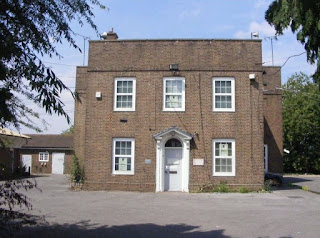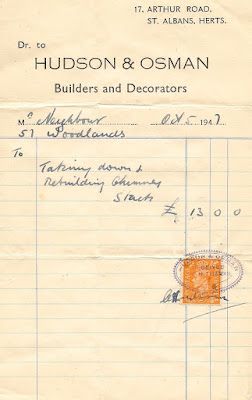The state of our roads debate is probably as old as the proverbial hills. Hatfield Road is in a variable condition at present, with entire slabs of macadam broken away like giant broken biscuit, and a few jolts here and there sufficient to wake a dozing passenger.
In the years leading to 1881 there were reports of a similar neglect of the road's condition, complaints at the authority responsible for receiving funds through the turnpike tolls, and then not spending it on repairing the road.
The Reading & Hatfield Turnpike Trust was not considered to be very effective body at the best of times, but it did its best, at least until its final few years when closure was inevitable and take-over by a public authority. Neglect set in, and it's anyone's guess where the income was spent. The pictorial evidence? The 1870s and 1880s are within the realm of early photography, though not with the popularising of techniques thirty years later. Nevertheless, no identifiable early plates appear to have survived, if they were ever produced. We might otherwise be able to publish spot the difference images in the newspapers!
There are many residents who will recall other potholes, although at the time of their experiences the route was on private land along a permissive way. Who remembers The Ashpath, aka The Cinder Track? A cart driver originally beginning at Hatfield Road, opposite Beaumont Avenue, would be pitched and jolted on his vehicle all the way to a bend close to the present Cambridge Road. The only relief came when the horse pulled the load up the steeper gradient to pass a humped railway bridge (its modern version still takes traffic across the former railway across Ashley Road).
When the homes on the Willow estate were built in the early 1930s the first section of the Ashpath was made up. Our memories remain, however, of the next section. It was wide, but there was a fearsome collection of variable holes along the whole length of the road. After rainfall it was not possible to walk in a straight line for more than a few yards.
 |
| Modern factories replace old Nissen huts near Hedley Road; the former brush factory to the right, behind the hedge. |
 |
| The first modern building along the Ashpath replaced the former Owen's brickworks. |
Photos of modern industrial estates are all very well. But those irritating obstructions along pothole alley and the activity which grew up around them, are now limited to descriptions on the page.






